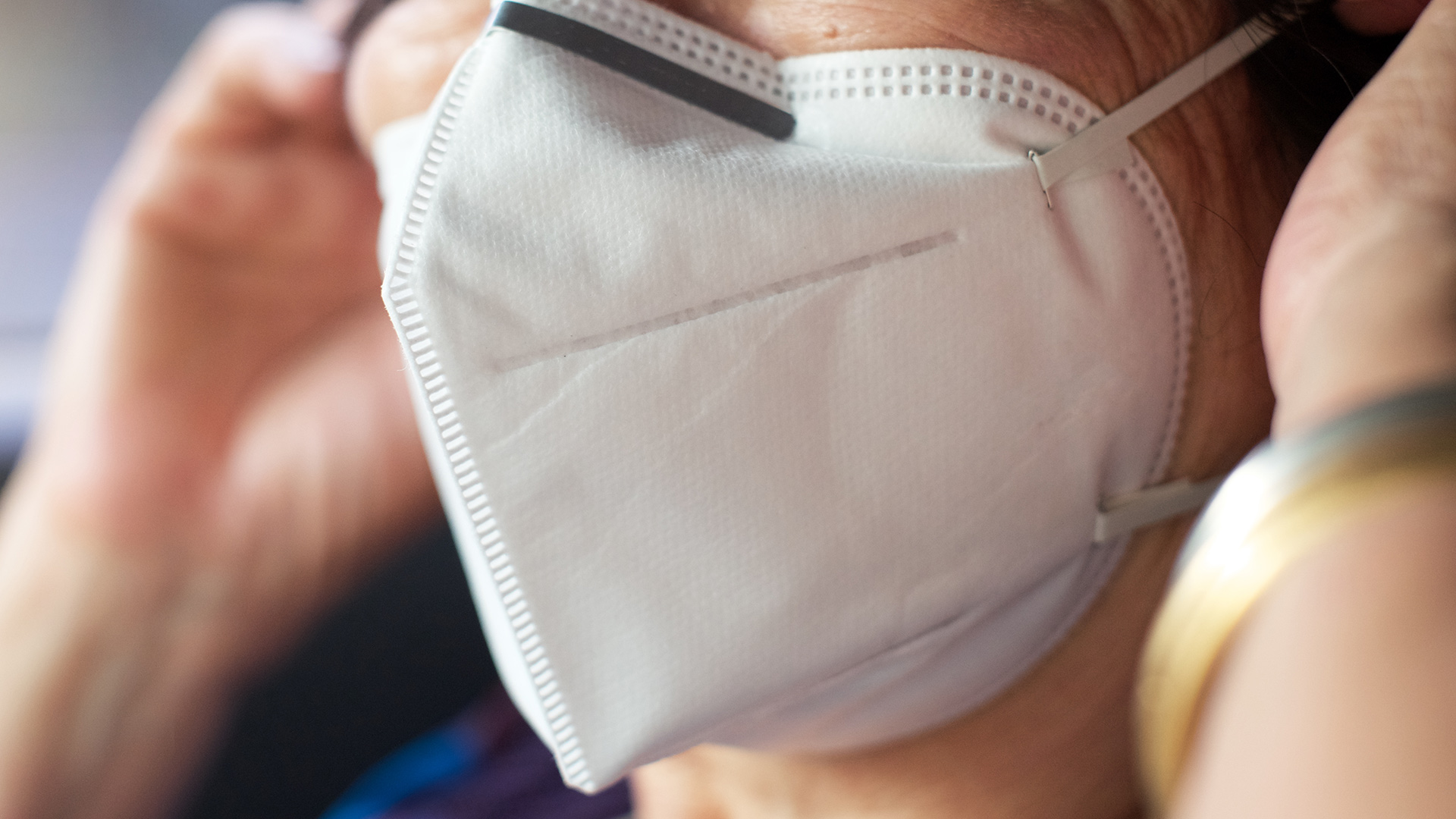On June 10, 2021, federal OSHA issued updated guidance to address potential workplace COVID exposures and to encourage employee vaccinations. This new guidance follows last week's issuance of the COVID Emergency Temporary Standard (ETS) for those working in the healthcare industry.
Of note, OSHA states that, "CDC's Interim Public Health Recommendations for Fully Vaccinated People explain that under most circumstances, fully vaccinated people need not take all the precautions that unvaccinated people should take. For example, CDC advises that most fully vaccinated people can resume activities without wearing masks or physically distancing, except where required by federal, state, local, tribal, or territorial laws, rules and regulations, including local business and workplace guidance."
Thus, unless required by such other laws, OSHA states that, "most employers no longer need to take steps to protect their fully vaccinated workers who are not otherwise at-risk from COVID-19 exposure. This guidance focuses only on protecting unvaccinated or otherwise at-risk workers in their workplaces (or well-defined portions of workplaces)." Such at-risk persons are typically the immuno-compromised and those suffering from chronic health issues that might preclude a robust vaccination response.
The new guidance provides that "employers should engage with workers and their representatives to determine how to implement multi-layered interventions to protect unvaccinated or otherwise at-risk workers and mitigate the spread of COVID-19…". These steps include the following:
- Grant paid time off for employees to get vaccinated.
- Instruct any workers who are infected, unvaccinated workers who have had close contact with someone who tested positive for COVID, and all workers with COVID symptoms to stay home from work.
- Implement physical distancing for unvaccinated and otherwise at-risk workers in all communal work areas.
- Provide unvaccinated and otherwise at-risk workers with face coverings or surgical masks, unless their work task requires a respirator or other PPE.
- Educate and train workers on the employer's COVID policies and procedures, using accessible formats and in language they understand.
- Suggest that unvaccinated customers, visitors or guests wear face coverings.
- Maintain Ventilation Systems.
- Perform routine cleaning and disinfection.
- Record and report COVID infections and deaths.
- Implement protections from retaliation and set up an anonymous process for workers to voice concerns about COVID-related hazards.
- Follow other applicable mandatory OSHA standards, including: requirements for PPE (29 CFR 1910, Subpart I (e.g., 1910.132 and 133)), respiratory protection (29 CFR 1910.134), sanitation (29 CFR 1910.141), protection from bloodborne pathogens: (29 CFR 1910.1030), and OSHA's requirements for employee access to medical and exposure records (29 CFR 1910.1020).
For more information on how the updated guidelines affect healthcare companies, read the Health Law Pulse blog.




